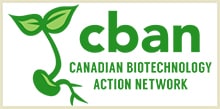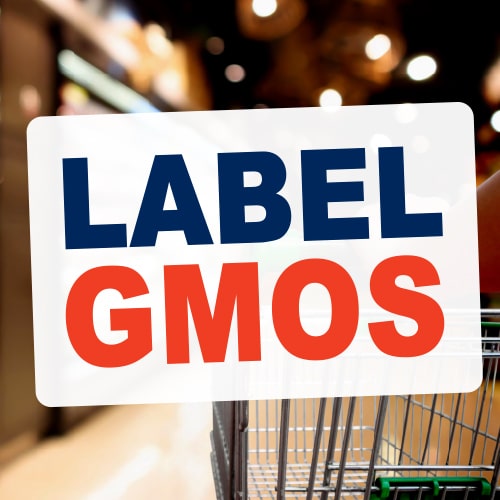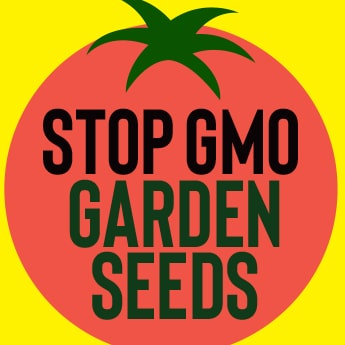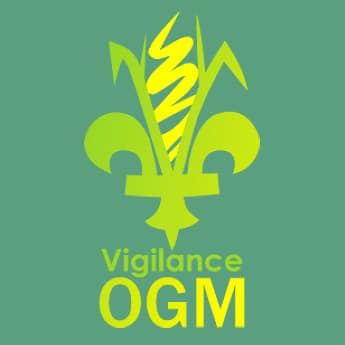January, 2014
Click here to download and print the pdf file
“Golden Rice” is the name of a rice that has been genetically modified (GM, or genetically engineered) to produce betacarotene, which the body can convert into vitamin A. This beta-carotene gives the rice grains the yellowish colour that has inspired its name.
Golden Rice is not ready for the market yet
- GM Golden Rice has been under development for over 20 years and is still being tested. It is currently being field tested in the Philippines
- There are no varieties of Golden Rice, or any other genetically engineered rice, on the market anywhere in the world.
- Government officials and researchers from the International Rice Research Institute (IRRI), a partner in developing Golden Rice, have said it will be available for commercial planting in 2016 or 2017.
Golden Rice is not a proven technology
“It has not yet been determined whether daily consumption of Golden Rice does improve the vitamin A status of people who are vitamin A deficient and could therefore reduce related conditions such as night blindness.” — IRRI, February 2013.
Nutrition
- Bioavailability : The body needs a minimum amount of fat in the diet in order to absorb vitamin A from food. One study that looked at the availability of vitamin A in Golden Rice did so with just five American volunteers, who ate the rice with butter and other foods. These conditions do not reflect the reality on the ground, and do not apply to adults and children suffering from malnutrition. The second study fed Golden Rice to 72 Chinese children between the ages of 6 and 8, and concluded that one serving of Golden Rice could provide half a child’s recommended intake of vitamin A. However, this study violated both U.S. federal regulations and Tufts University’s ethics policies. Among other ethics violations, researchers fed Golden Rice to children in China without informing their parents that the rice was genetically engineered. Tufts has barred the lead researcher from conducting human research for two years.
- Shelf-Life: No tests have been done to assess the shelf life of the vitamin A in Golden Rice. Rice is often stored for long periods of time. Neither have tests been done on the effect of various types of cooking on the vitamin-A availability of Golden Rice.
Safety
No toxicological tests or animal feeding trials have been carried out to assess possible health risks of Golden Rice. IRRI has announced that animal feeding trials are being conducted in the US, but no results have been published so far.
Golden Rice is expensive and unnecessary
By 2001, development of Golden Rice had already cost well over $100 million.There are existing, cost-effective and proven solutions to vitamin A deficiency (VAD), such as vitamin A supplementation programs. Countries in Asia, Latin America and Africa have used supplementation programs, food fortification, breastfeeding programs, nutrition education, and diet diversification to reduce vitamin A deficiency.
A single dose of vitamin A supplement costs just a couple of cents. The Philippines vitamin A supplementation program successfully decreased numbers of people with VAD from 40% in 2003 to 15% in 2008.
Click here for more information and resources on Golden Rice and GM rice.





